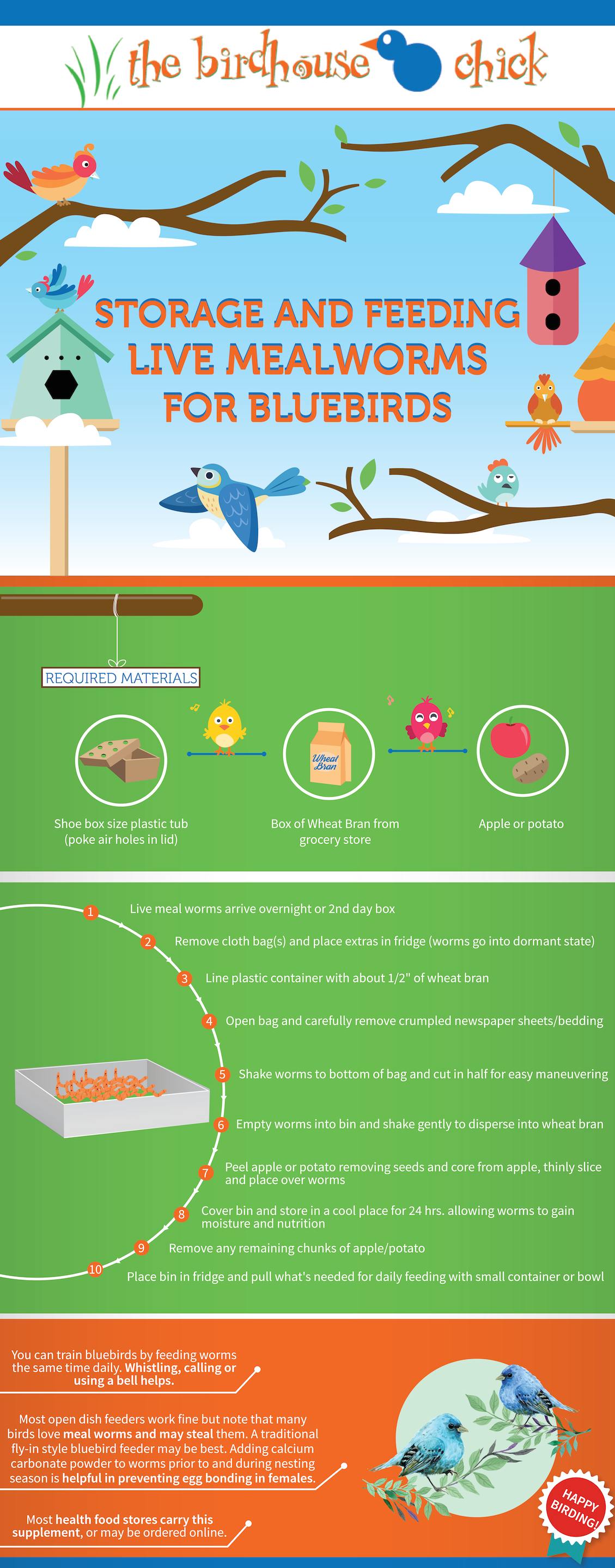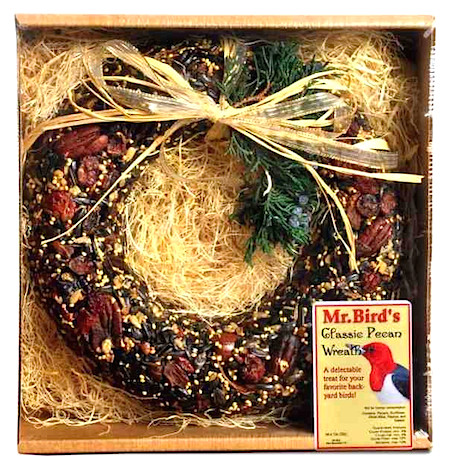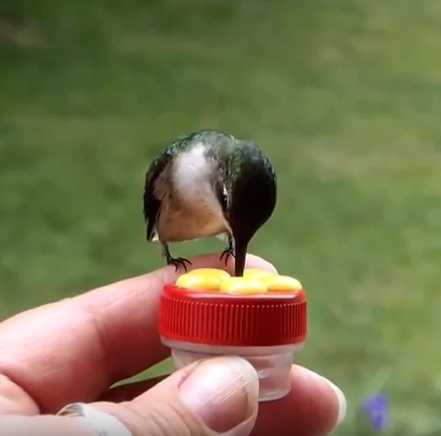-
Put Some Live Ones in that Mealworm Feeder
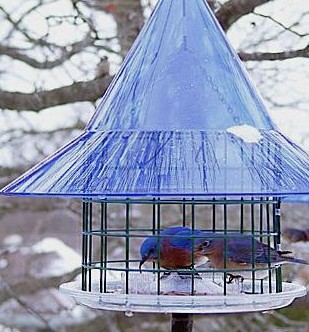 So you’ve put up the house, but no bluebirds. Then you try every conceivable bluebird treat on the planet, but still no blues. You know they’re in the area, the color and song are unmistakable. So why aren’t they coming to your place?
So you’ve put up the house, but no bluebirds. Then you try every conceivable bluebird treat on the planet, but still no blues. You know they’re in the area, the color and song are unmistakable. So why aren’t they coming to your place?Habitat is, and will always be a key factor when trying to entice feathered friends. Bluebirds do prefer open spaces, with perching spots from where they can swoop and hunt insects. Fresh water in a birdbath (a consistent and clean source) is a big one. Birds who may not use feeders still require water. Shelter and cover (evergreens, trees & shrubs) are very important for protection from predators and the elements. Food is the other key part, and if you want bluebirds, it may take their very favorite… live mealworms!
You can finally attract bluebirds and keep them coming back by offering live worms. Creepy, crawly? Maybe just a little at first, but ya get used to it fast 🙂 Handling and storing live worms is simple! The graphic below shows what to do when they arrive and how to keep them fat and happy.
Mealworm feeders range from open dish-style, fly-ins and covered tray-types, to the small kitchen bowl on your deck rail, clay saucer on the porch, and even a plastic container tacked to a tree! Fancy feeder not required… just some improvisation. And we promise, the bluebirds don’t really care as long as worms are easily accessible for them (and not every other bird in the yard). Yes, mealies are extremely popular with many of the backyard avian crews! Should you discover too many other birds stealing worms, a caged or fly-in type feeder may be better suited. But if you’re a little bird-crazy like us… then everybody gets some worms 🙂
-
Wild Bird Feeders that Do More- On Sale!
How awesome to still see the sun out at 6:00 p.m. The days are getting longer and spring is officially 50 days away. It’s leaves, buds, rebirth and nesting… sweet new happenings for gardens and wildlife!
Though cold temperatures and snow may persist, once birds are ready to claim territories and find mates… the weather is inconsequential. Such rough starts aren’t always successful, but alas Mother Nature is resilient.
Good food helps, so filling wild bird feeders could mean the difference between life or death in some locales. Folks who monitor bluebird trails have reported starvation (in late winter-early spring) as cause of death many times, because natural food sources are unavailable. Simply put, food helps keep birds warm in frigid weather.
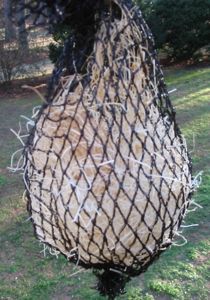
These deluxe fruit & nut wreaths offer a power-packed snack for many friendly fliers. Premium ingredients means no waste and there’s even more than meets the eye.
The straw packing is awesome nesting material, cut the raffia bow and remove gold ribbon and there’s more nest material. Cut these strips short (for nestling’s safety) and use the black net that’s enclosed to offer materials. Simply hang from a branch where birds will see it.
Got a cat or dog? Save the hair from their brush! Add these to your home-made nest bag to delight chickadees, titmice, nuthatches and others. Decorative mosses and feathers are a few more favorites, but natural is always best. Even birds who don’t use houses (cardinals, jays, finches) will likely grab a bit for their nests too!
Steer clear of dyed or preserved material, and if Fido or Fluffy is being treated with flea/tick medications… nix the pet hair. If you reside anywhere near a farm or stables, ask if you can have some horse, goat or alpaca hair. They may look at you like you’re crazy- but hey, it’s all for the birds 🙂
So there you have it, a killer wild bird feeder for now- containg some very bird-friendly packaging for spring… and they’re even on sale!
-
New Experience with Unique Hummingbirds Feeders
Folks on the east coast just aren’t as lucky with varieties and season length when it comes to hummingbirds. CA and AZ see more species, with many being year-round residents.
BUT, we do love our ruby throated ones, and if you’re lucky maybe a rufous now & then too! Most can’t wait for their migration and the season to commence… simply because there’s something magical about them! We dig out and clean feeders in preparation, and track the birds’ activities on hummingbird migration maps. The anticipation and first arrivals are the best!
This year, you can get closer than ever to the tiny sprites by feeding them right from your hand. Hum-Buttons are unique hummingbird feeders that allow you to easily train the birds for this personal, up-close and awesome experience!
Offered in a set of three feeders, simply place them near an existing feeder and hummingbirds will soon be using them. Once they become accustomed, hold the feeder while standing as still as possible. Although it’s not rocket science, it does require a bit
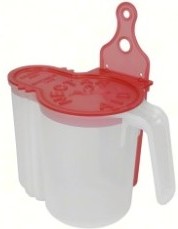 of patience.
of patience.Another helpful article at first is sunglasses! By avoiding eye contact, the sprites are more likely to fly in for a close-up.
Make your own nectar this year too (plain table sugar and water @ 1:4 ratio) and avoid red dye or anything else in the solution. There’s even a handy dandy container which requires no measuring, you can store it in the fridge and microwave if you boil the water (although not necessary). The self-measuring pitcher is called Nectar Aid and it was wildly popular last season, you don’t even need the spoon because it has a mixer attached.
Check the video below to see a Hum-Button in action, and as for the flying jewels… we wish you safe travels!

